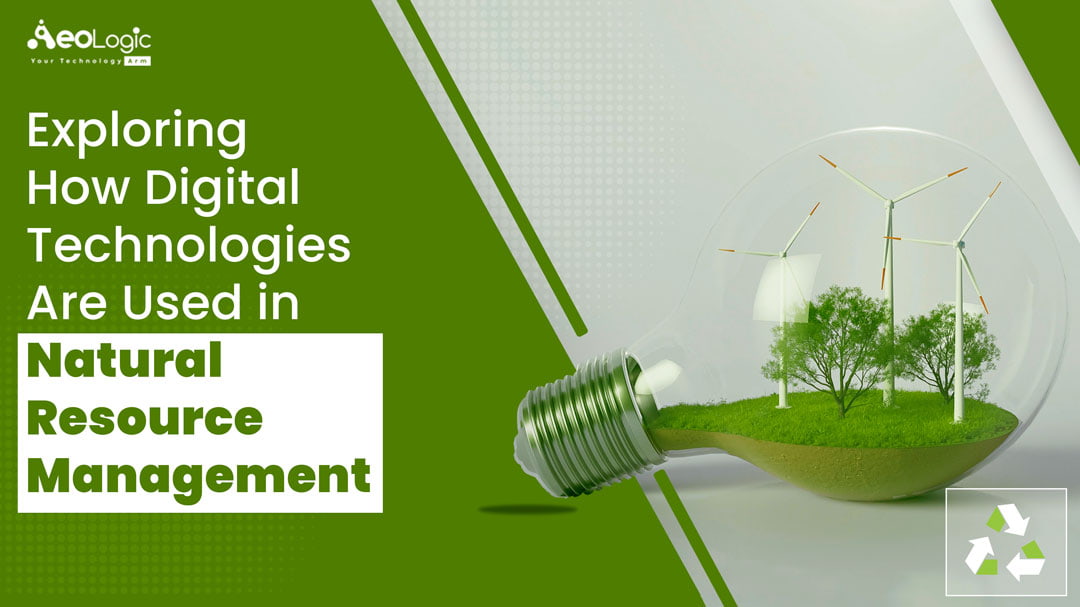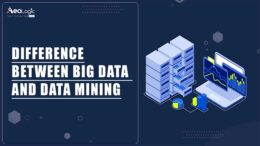With the constant increase in the global population, the need to manage natural resources is becoming more prominent year by year. In order to make natural resource management efficient and effective, the implementation of digital technologies is a must. In this blog, you’ll come to know about the conditions, roadblocks, and use of technology in natural resource management.
The Conditions Of Natural Resources
Our entire civilization depends on water, land, soils, food, air, minerals, and metals to survive. But rapid population growth has exhausted the natural resource base of the world. It means increasing demand is depleting these vital resources.. If current practices continue, water scarcity and contamination, desertification, air pollution, loss of biodiversity, and land degradation will be more critical in the years ahead. All of these eventually have an impact on human health.
The Big Question
Will we be able to feed a global population of 10 billion people? This level could be reached between 2050 and 2100. Food production needs to rise 60 percent over the next 40 years. Climate change could cause global temperature rises of up to 3.5 degrees Celsius by 2050.
Agriculture must become more sustainable throughout the food chain. Six priorities were identified:
1) – Conserve productive resources including land, water, soil, infrastructure, a skilled workforce, and well-managed soils. We should keep agriculture strong, so it can contribute more in the future. Farmers must be protected from volatility. Agricultural practices must change, like the use of large machines in crop production that result in soil compaction.
2) – Producing more with fewer inputs can be done with the implementation of technology, as it could increase yields while decreasing fertilizer use. Thus, reducing financial and environmental costs.
3) Encourage innovation and best practices can help agriculture to stay globally competitive. A workshop on various organizations’ regulations and agricultural biotechnology research suggested that biotechnology had the gray currently unrealized potential to contribute to more effective agricultural practices.
4) – Reduction in demand throughout the food chain, currently, diets are not sustainable. Consumption of meat, dairy products, eggs, and fish is about twice the global average, and producing these foods has a high environmental impact. Food wastage must be reduced.
5) – Align bio-energy with food production and biodiversity is another high-priority measure toward natural resource management. Promoting renewable energy has inadvertently increased biofuel production using food crops. The study of recycling agricultural forestry and food wastes and residues for sustainable bioenergy suggested an alternative with a lower burden on agricultural land. However, it is uncertain what level of residues can be taken from fields or forests while maintaining biodiversity and healthy soil.
6) – Support sustainable agriculture and combat threats to the food supply like climate change and overuse of freshwater. Sustainable management of natural resources suggests that there should be enforcement of water priorities and that the common agricultural policies should encourage beneficial practices.
The Use of Digital Technology in Natural Resource Management
There are plenty of digital technologies we have in this modern era, and each technology has its own merits. We have advanced technologies like artificial intelligence (AI), the internet of things (IoT), satellites, and the use of mobile devices that are still at the embryonic stage holding a promising future ahead for natural resources management. Still, we should also state that over the last few decades many organizations have witnessed the way climate change, reduction in biodiversity, and other challenges of natural resources management have been managed phenomenally with the implementation of these technologies.
Following are the benefits of digital technologies in natural resources management:
1) – With the implementation of IoT sensors, machine learning, and other advanced technologies, the real-time tracking of wildlife can be done early. This also enables the organizations to monitor the movements of people to avoid them entering any premises illegally by triggering real-time alerts to rangers.
2) – With the help of a machine learning algorithm, the local authorities can predict the level of pollution 24 to 48 hours prior. This is done by mobile networks from weather, pollution, and traffic sensors.
3) – Digital technologies enable the authorities to measure the environmental conditions accurately and regularly with spending less expensive as compared to traditional methods. Also, the implementation of digital technologies required less human manpower, hence the chances of errors in measuring get very low.
Conclusion
To sum up, the continuous evolution of technology has led to the transformation of the work processes of many industries. Natural resources management is also getting transformed at a very high speed with the implementation of digital technologies. These technologies result in uplifting the natural resources management and will eventually give plenty of benefits to all the human beings around the globe.
Are you looking to implement digital technologies into your natural recourses’ management? If yes, so, please feel free to contact us at support@aeologic.com






